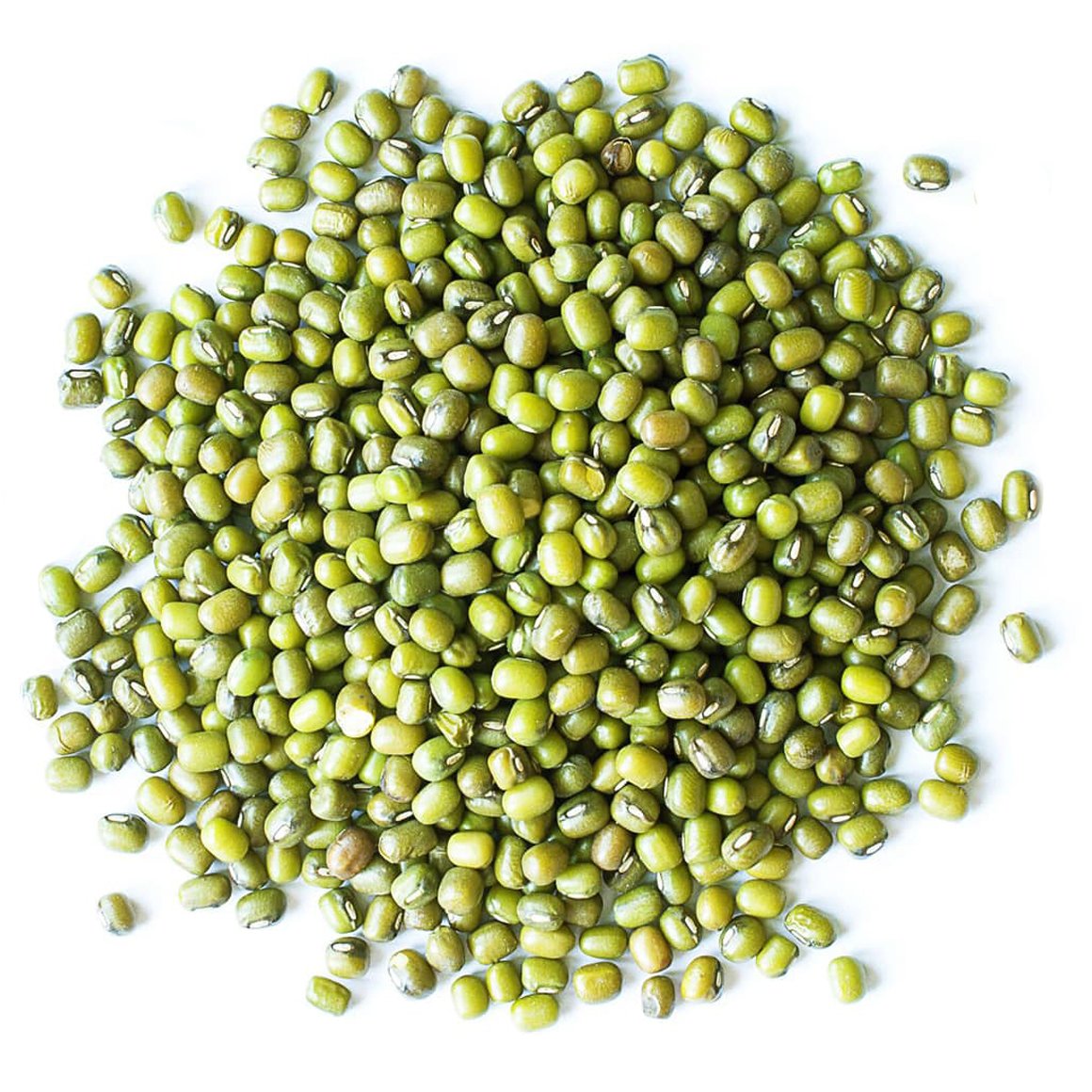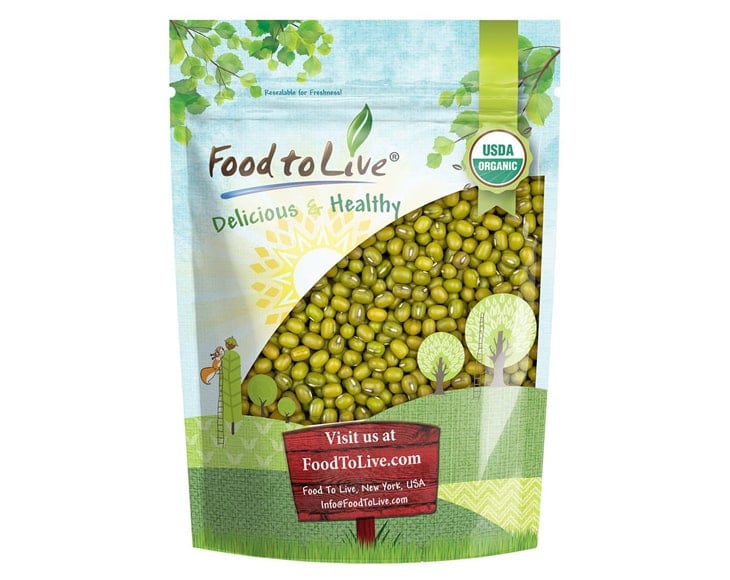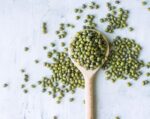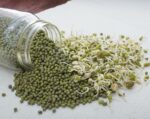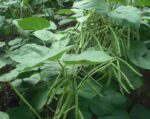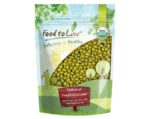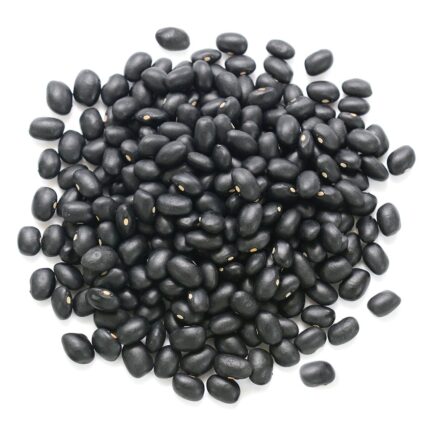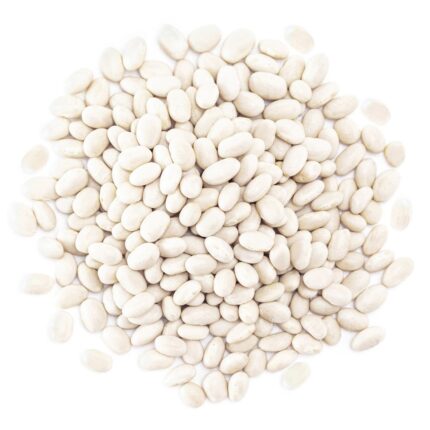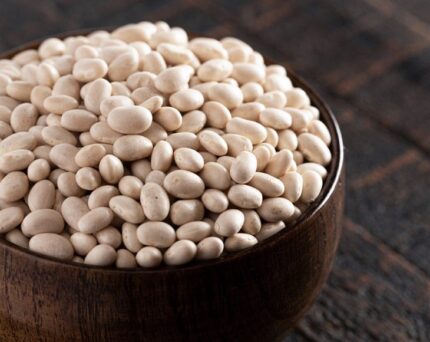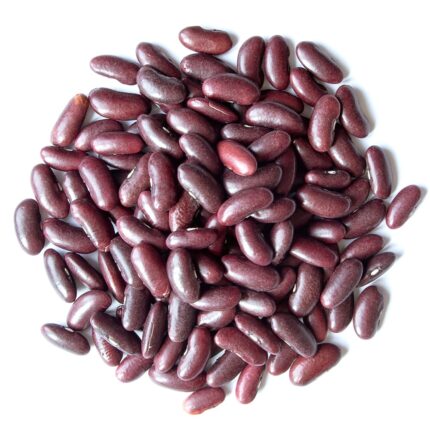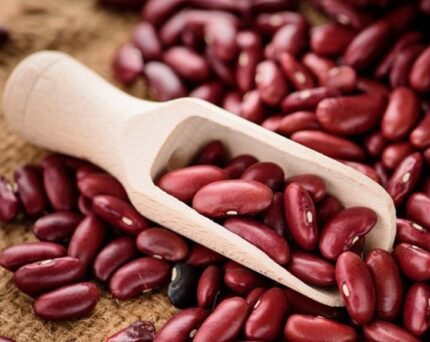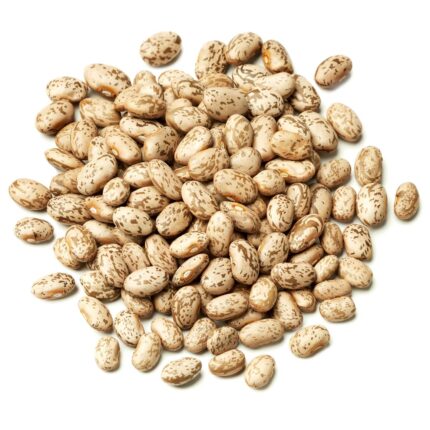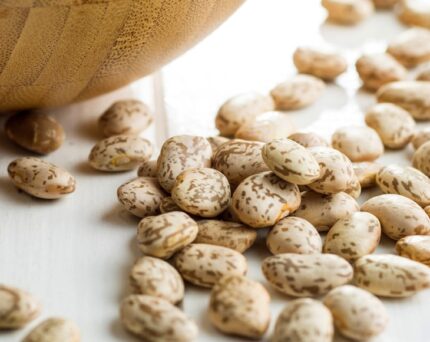If you want to eat healthily, you need to include legumes into your diet. Organic Mung Beans from Food To Live would be a fantastic choice. These beans are incredibly versatile cooking-wise and can go great in savory and sweet recipes. You can also use them to make mung bean flour, a valuable ingredient for gluten-free baking.
Are Organic Mung Beans Good for You
Yes, mung beans are excellent for you. They are rich in nutrients and make one of the best sources of plant proteins. They contain little fats and sugars, but a lot of fiber. Therefore, they support heart health and promote healthy digestion. These qualities, combined with the high nutritional value of mung beans, make them an excellent addition to any diet. People who require more easily digestible proteins (vegans, bodybuilders, athletes) should eat a serving of beans or other legumes daily.
Organic Mung Beans Nutrition Breakdown
Proteins and fiber are essential, but they aren’t the only great things you get when enjoying some delicious mung bean recipe. This food also contains quite a few vitamins and minerals, including Zinc, Manganese, Magnesium, B vitamins, Vitamin K Mung beans give you almost all B vitamins in some measure, but they are particularly rich in folate. A cup of cooked beans will satisfy your daily requirement of this element. They are also one of the best zinc-rich plant foods, which makes them invaluable for vegans and vegetarians.
Organic Mung Beans: How to Sprout & Grow
Sprout mung beans as you would any other legumes:
- Please place them in a jar, soak in water, for 8-12 hours
- Drain and rinse the beans
- Put them back into the jar and cap it with cheesecloth.
- Turn the jar upside down and secure at an angle for easy drainage. Rinse the beans about four times a day and keep your sprouting jar out of direct sunlight.
The Food To Live Organic Mung Beans germination rate is quite good, so you’ll soon be enjoying your sprouts. They can be served on sandwiches or in salads. Enjoy your home-made sprouts! You can even grow sprouted mung beans in the soil if it’s sandy and has 6.2-7.2 pH. These plants will require lots of sunlight and warmth.
Organic Mung Beans: Culinary Uses
You can use mung beans in many ways, and even a novice in the kitchen won’t have any problems cooking them. These legumes don’t require lengthy soaking. However, you can leave them in the water for a few hours to speed up the cooking process. Mung beans taste like most other legumes, which means they don’t feel like much at all, but they absorb flavors. Try seasoning them with spices and sauces to create the flavor you will love. To cook mung beans, just rinse them thoroughly, put them in a pot, and cover with water (about 2 inches). Then get them cooking on low heat and cover with the lid. Add spices and salt at the very end and pour more water if necessary. Adding some tomatoes, spices, and some carrots into this stew will allow you to create a delicious mung bean curry. Mung bean starch (flour) can be used for making baked goods, noodles, and various kinds of pasta. How to Sprout Beans at Home
- Yields approximately 3 Cups (1/2 lb.) of Sprouts. Prep 3 Tablespoons of beans, then transfer into a bowl or into your Sprouter. Add 2-3 times as much cool (60°-70°) water. Mix beans up to assure even water contact for all.
- Allow beans to soak for 6-12 hours. Empty the beans into your Sprouter (if necessary). Drain off the soak water. Rinse thoroughly with cool (60°-70°) water. Drain thoroughly! Set your Sprouter anywhere out of direct sunlight and at room temperature (70° is optimal) between Rinses. Ensure sufficient air-circulation is provided.
- Always be sure to Drain very thoroughly. The most common cause of inferior sprouts is inadequate drainage. Rinse and Drain again every 8-12 hours for 3 days.
Enjoy your home-made sprouts! 
Creamy Coconut Mung Bean Stew

